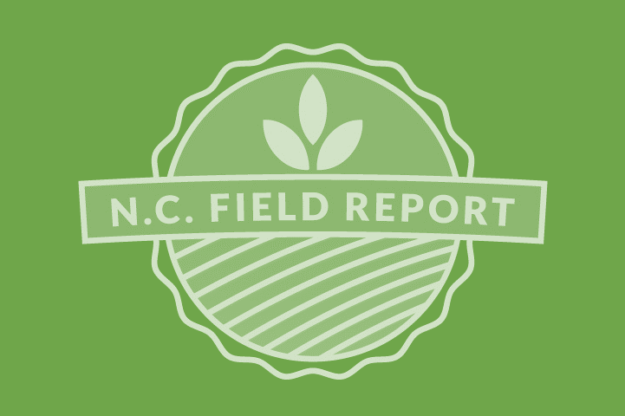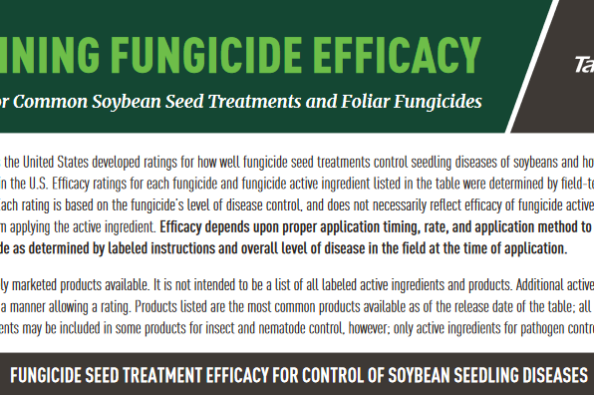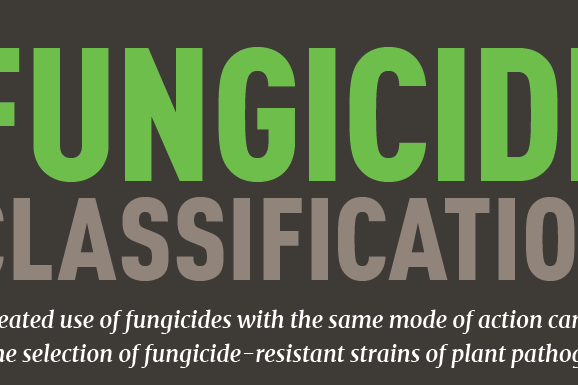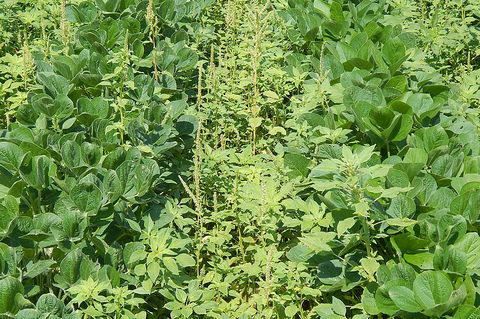Get to Know the Research Coordinator
Jeff H. Chandler joined the NC Soybean Producers Association as Research Coordinator on October 1st. In this role, Jeff will liaison with NCSPA Board of Directors, Research Committee, and staff to manage strategic investments in research projects as well as determining long term research priorities. The Research Coordinator will also manage the NCSPA research portfolio…
Details











